Henri-Émile-Benoît Matisse (31 December 1869 – 3 November 1954) was a French artist, known for his use of colour and his fluid and original draughtsmanship.
credit

Originally, Matisse studied and trained to become a lawyer. He graduated from law school in Paris and worked as a clerk in a law office in 1889.
credit

In 1889, at the age of 21, Matisse suffered from an acute appendicitis that would actually lead him to discover his passion for creating art. After he underwent surgery, he had a very long recovery time. To ease his boredom, his mother gave him a paint box and the rest was history. After he recovered, he returned to work at the law office but found it difficult to give up his painting. Every morning before he went to work he attended drawing classes and was constantly painting during his lunch breaks and throughout the night. It consumed his life.
credit

In 1891 Matisse moved to Paris for artistic training. He took instruction from famous, older artists at well-known schools such as the Académie Julian and the École des Beaux-Arts.
credit

Matisse began to show his work in large group exhibitions in Paris in the mid-1890s, including the traditional Salon de la Société Nationale des Beaux-Arts, and his work received some favorable attention.
credit
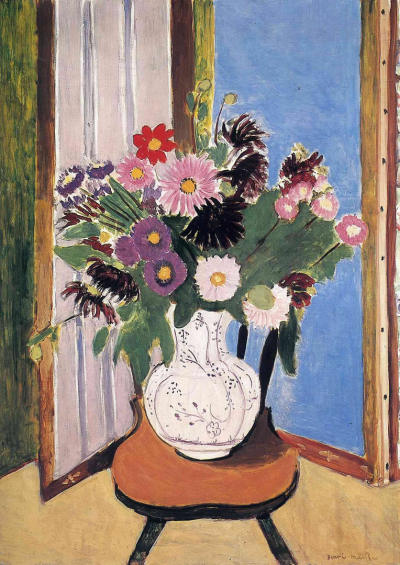
By the turn of the 20th century, Matisse had come under the more progressive influence of Georges Seurat and Paul Signac, who painted in a “Pointillist” style with small dots of color rather than full brushstrokes.
credit
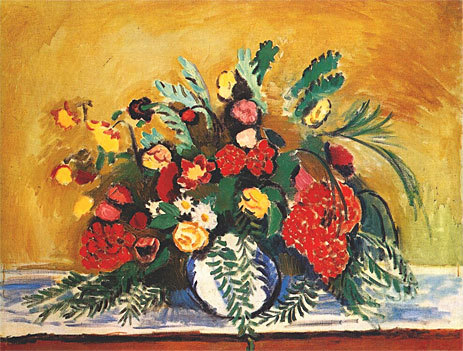
He stopped exhibiting at the official Salon and began submitting his art to the more progressive Salon des Indépendants in 1901.
credit

At the beginning of his career, Matisse focused on painting landscapes and still-lifes in a traditional style. Following a meeting with the Australian artist, John Peter Russell, Matisse’s style changed. He started to produce work influenced by the Impressionist movement and he also admired the work of Cezanne.
credit

Matisse’s style evolved and he began to use strong colours and lose some of the realistic qualities of Impressionism. He became part of the Fauves (wild beasts), and exhibited his work alongside Georges Braque, Raoul Dufy and Gustave Moreau.
credit

Matisse was ‘frienemies’ with Pablo Picasso. They did not like each other’s paintings at first; however, they both seemed to sense the power each had to challenge and stimulate creativity within the other. Throughout their lives each would keep a close eye on the other’s work. They would often produce the same subjects and even sometimes works with the same titles. The artists had an exhibition at The Tate Modern in London, England that concentrated on the juxtaposition of their similar works. They never actually met face to face at this time. Their relationship could be described as a competition or a meticulously plotted chess game. Matisse once referred to it as a boxing match. In 1906, the two artists finally met. The meeting was set up by the well-known American art collector and avant-garde writer, Gertrude Stein. Regardless of their competitive nature, both ended up respecting the other as a person and a creative being.
credit

Matisse had a major creative breakthrough in the years 1904-05. A visit to Saint-Tropez in southern France inspired him to paint bright, light-dappled canvases such as Luxe, calme et volupté (1904-05), and a summer in the Mediterranean village of Collioure produced his major works Open Window and Woman with a Hat in 1905.
credit

After finding his own style, Matisse enjoyed a greater degree of success. He was able to travel to Italy, Germany, Spain and North Africa for inspiration. He bought a large studio in a suburb of Paris and signed a contract with the prestigious art dealers of Galerie Bernheim-Jeune in Paris. His art was purchased by prominent collectors such as Gertrude Stein in Paris and the Russian businessman Sergei I. Shchukin, who commissioned Matisse’s important pair of paintings Dance I and Music in 1909-10.
credit
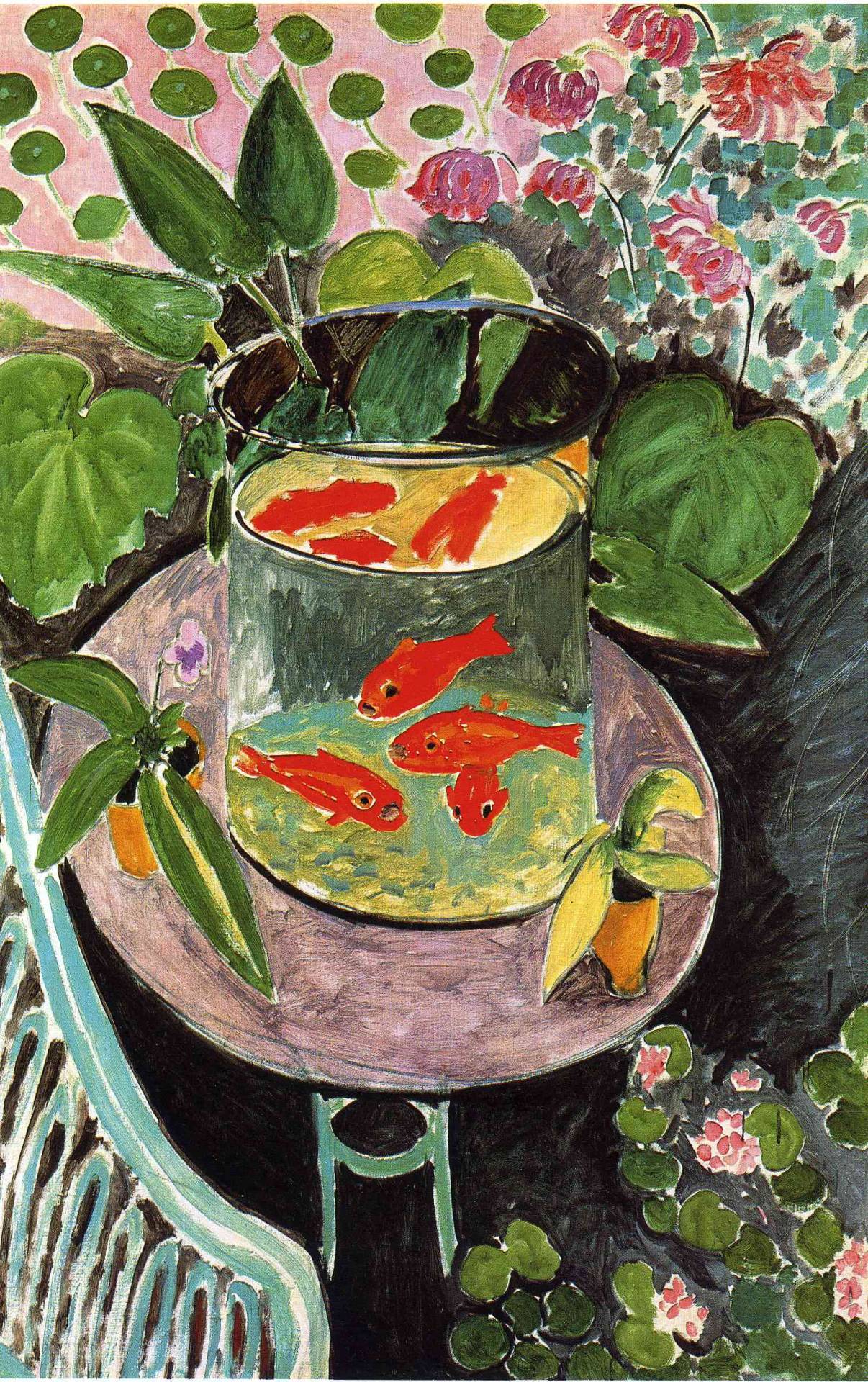
Matisse was in a wheel chair during his later years; which resulted in him creating some of his most well-known cut-out pieces. After he could no longer stand for extended periods of time, Matisse began creating works using a pair of scissors and paper. He used a long stick to assemble them on his walls until he was happy with the arrangement. He called this technique ‘painting with scissors’.
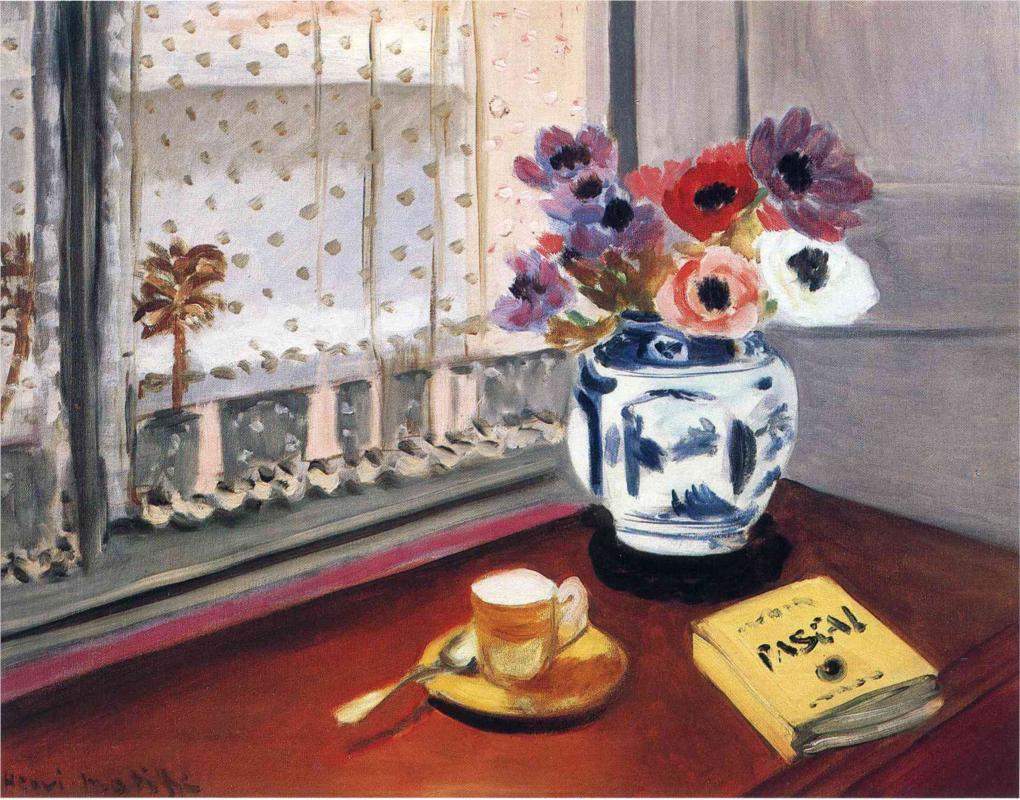
Matisse in his Own Words:
My mother liked everything I did. It is from her affection for her that I always drew what theory failed to offer me per finish the painting.
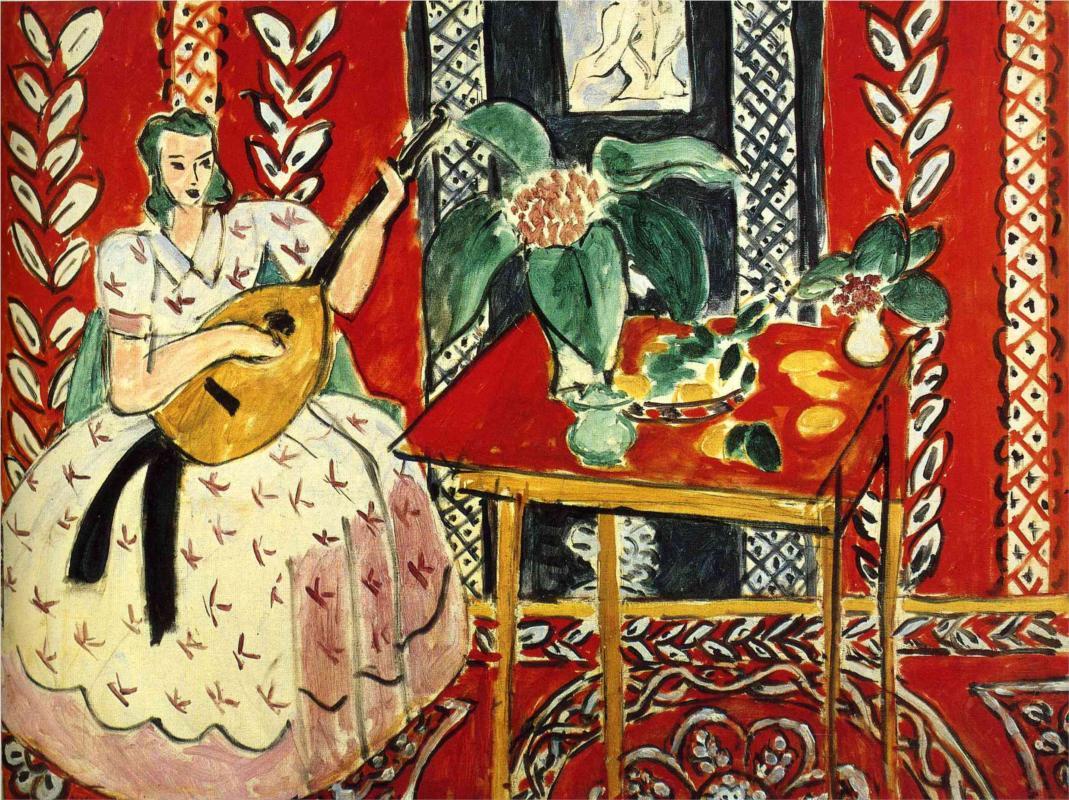
Matisse in his Own Words:
I do not literally paint that table, but the emotion it produces upon me.
credit
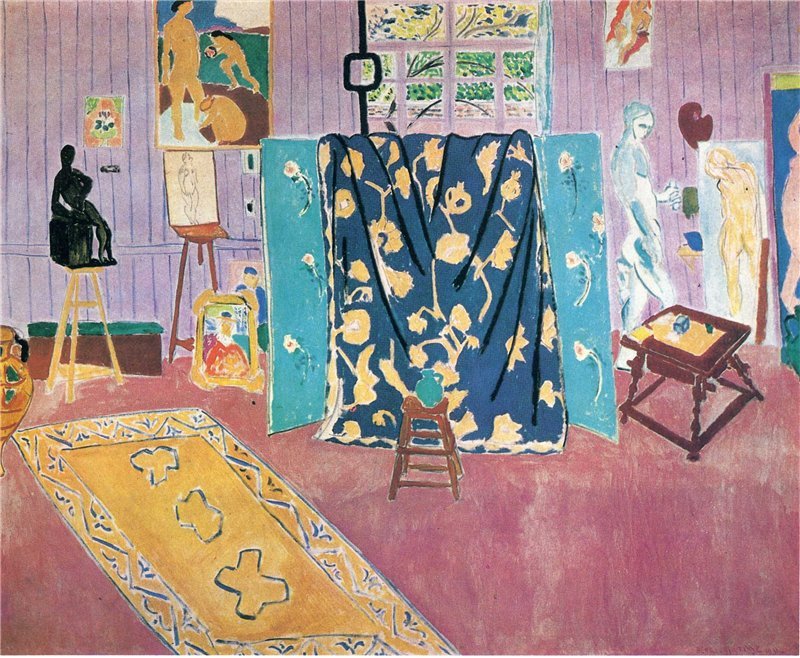
Matisse in his Own Words:
Expression, for me, does not reside in passions glowing in a human face or manifested by violent movement. The entire arrangement of my picture is expressive; the place occupied by the figures, the empty spaces around them, the proportions, everything has its share.
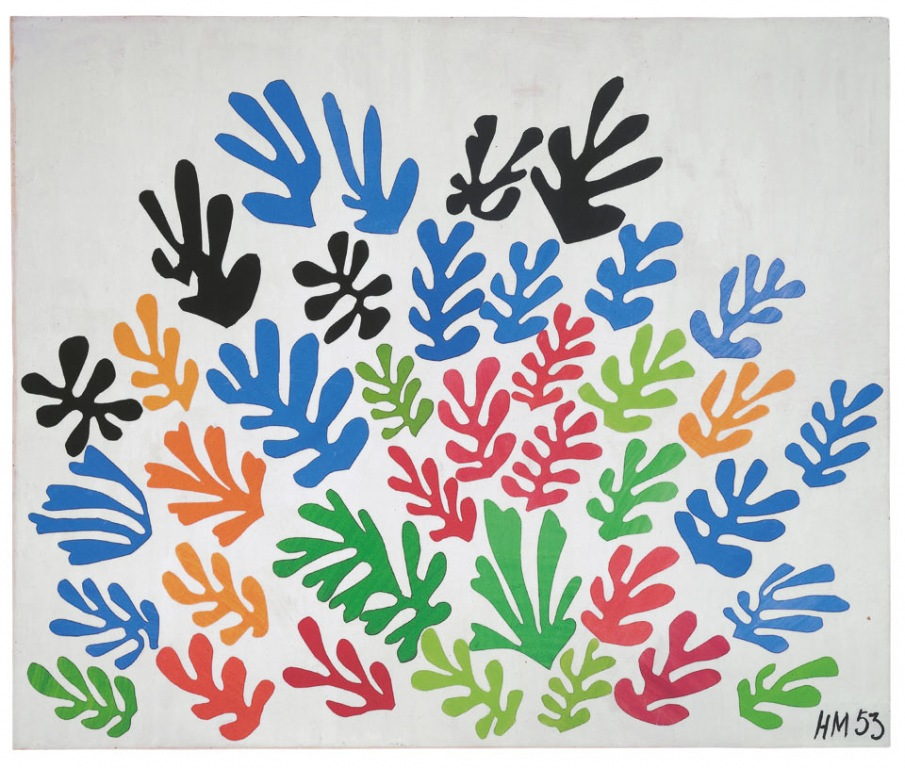
Matisse in his Own Words: There is nothing more difficult for a truly creative painter than to paint a rose, because before he can do so he has first to forget all the roses that were ever painted.
credit
Matisse in his Own Words:
What I dream of is an art of balance, of purity and serenity, devoid of troubling or depressing subject matter, an art which could be for every mental worker, for the businessman as well as the man of letters, for example, a soothing, calming influence on the mind, something like a good armchair which provides relaxation from physical fatigue.
credit

Matisse in his Own Words:
An artist must never be a prisoner. Prisoner? An artist should never be a prisoner of himself, prisoner of style, prisoner of reputation, prisoner of success, etc.
credit




Very interesting and informative! Thanks for stopping by my blog!
Nicole
Nicole to the Nines
LikeLike
He was a great artist, I enjoyed this article very much!
Baci,
Coco et La vie en rose – Valeria Arizzi
LikeLike
Very interesting thank you! I knew of the artist but not what he was all about xxxx
LikeLike
Wonderful post! I love all of the art work!
Melanie @ meandmr.com
LikeLike